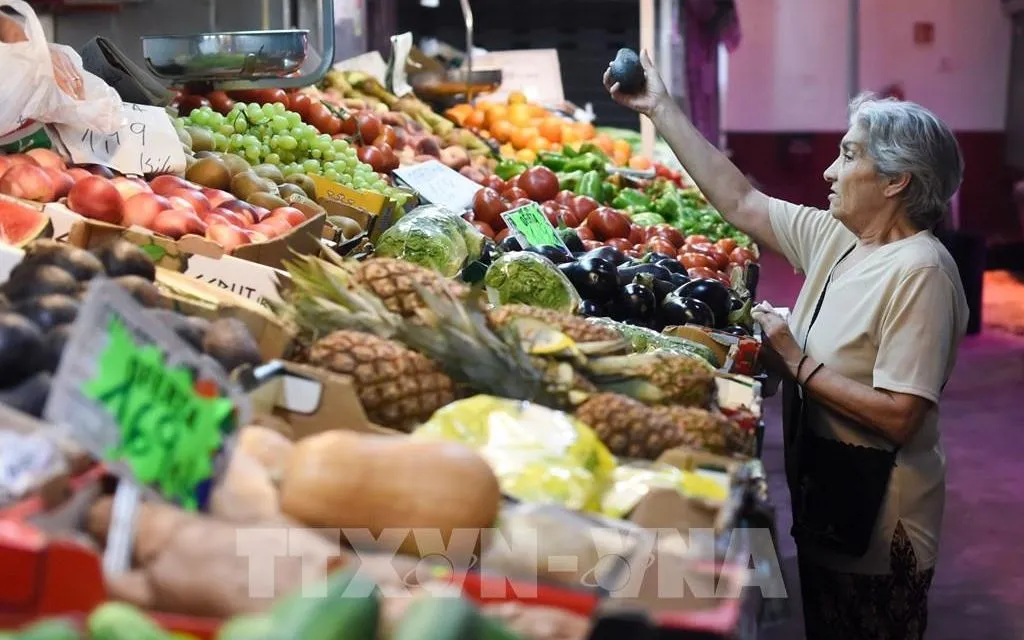
People shop at a market in Madrid, Spain. Photo: THX/TTXVN
According to information released by the European Union's Statistical Office (Eurostat) on October 17, the inflation rate according to the HICP index (harmonized consumer price index, used for comparison between European countries) reached 2.2% in September, in line with the initial estimate published earlier.
However, this new development does not seem to have worried the European Central Bank (ECB). In recent months, the inflation rate has remained within the stability threshold set by the ECB. In the previous three months, this rate was at 2.0%, equivalent to the ECB's stability target. According to many experts, the ECB is likely to continue to suspend interest rate adjustments at the next meeting at the end of this month.
Although current inflation is slightly above target, ECB President Christine Lagarde still forecasts that prices in the Eurozone will maintain a period of prolonged stability in the coming period.
Meanwhile, Eurozone member states are facing inflation at varying levels. In Germany, the HICP rate was 2.4% in September, higher than the region’s average. However, in other countries, consumers are facing much steeper price increases: Romania at 8.6%, Estonia at 5.3%, Croatia and Slovakia both at 4.6%.
There are no signs of a new inflationary surge in the country, according to the Bundesbank. The agency believes that the German inflation rate in the coming months will fluctuate around the current level, mainly due to the price fluctuations at the end of last year and statistical fundamentals, especially in the tourism sector.

People shop at a supermarket in Frankfurt, Germany. Photo: THX/TTXVN
Despite the rise in inflation, the ECB has not seen a need to change its target or policy. According to the minutes of the ECB's September meeting, monetary policymakers saw no immediate pressure to cut interest rates. Keeping rates at current levels is believed to give the ECB more time to assess the impact of external factors such as US tariffs, global uncertainty and other economic risks.
Between June 2024 and June 2025, the ECB cut interest rates a total of eight times amid falling inflation, bringing the key interest rate to its current level of 2.0%. According to Austrian Central Bank President Martin Kocher, the current policy of stabilizing interest rates is reasonable and a deeper rate cut should only be considered if a serious crisis occurs in the Eurozone or the world economy. He stressed: "We need to have enough 'weapons' to respond when a real crisis occurs."
European central banks showed their continued moves to pursue a stable monetary policy, while carefully observing fluctuations from the US economy and the global situation, in order to maintain a balance between growth and price stability./
Source: https://vtv.vn/lam-phat-tai-eurozone-tang-nhe-tro-lai-100251018103148401.htm














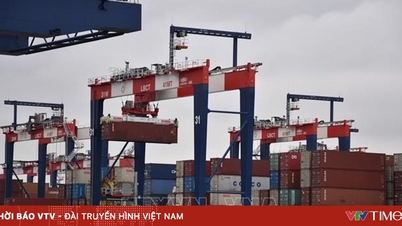






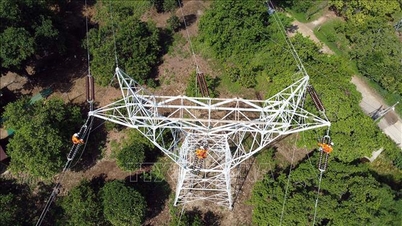
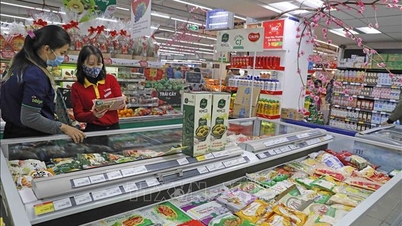






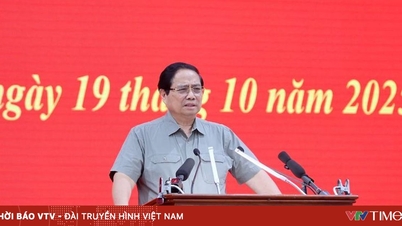

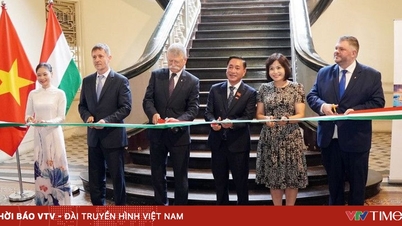








































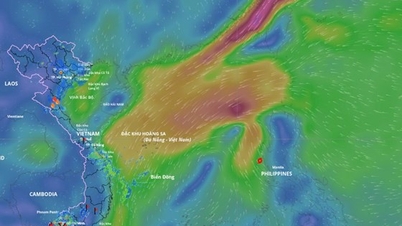



































Comment (0)